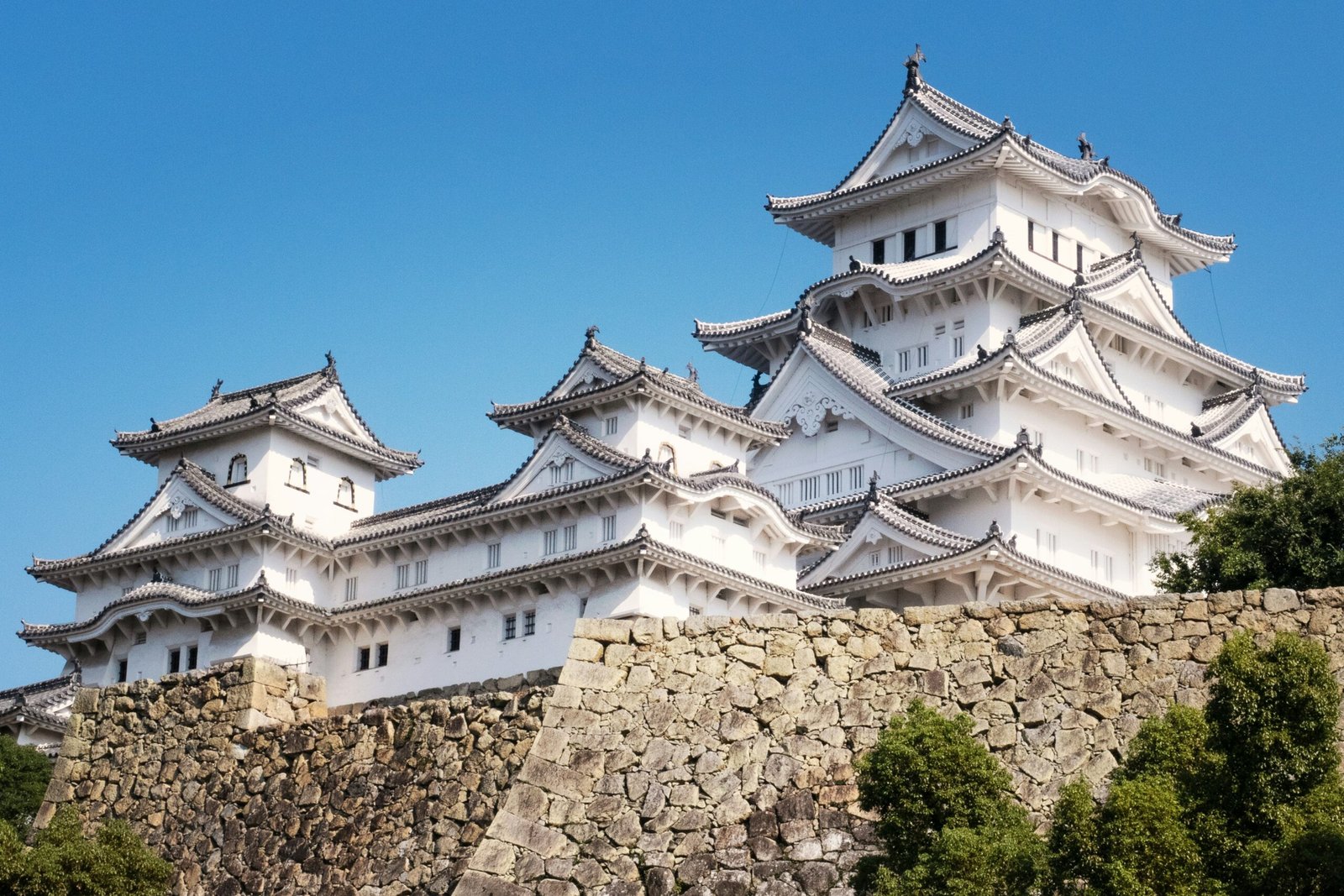Himeji Castle: A UNESCO World Heritage Site
Himeji Castle, located in Himeji, Japan, is a magnificent structure that stands as a testament to the early 17th-century Japanese castle architecture. Recognized as a UNESCO World Heritage Site, this castle is not only a historical landmark but also a symbol of Japan’s rich cultural heritage.
The History of Himeji Castle
Originally built in the 14th century as a hilltop fortification, Himeji Castle underwent several expansions and renovations over the years. However, the castle we see today was primarily constructed in the early 17th century by Toyotomi Hideyoshi, a powerful Japanese warlord.
Throughout its history, Himeji Castle played a significant role in Japan’s feudal era, serving as a defensive stronghold and a symbol of power. It survived numerous wars, earthquakes, and other natural disasters, making it one of the few original castles remaining in Japan.
Architectural Marvel
Himeji Castle is renowned for its exceptional architectural design and strategic layout. The castle complex consists of over 80 buildings, including the main keep, multiple gates, watchtowers, and defensive walls. The use of white plaster on the exterior walls earned it the nickname “White Heron Castle” due to its resemblance to a graceful bird taking flight.
The castle’s design incorporates various defensive features, such as narrow corridors, hidden rooms, and multiple layers of walls, making it an impregnable fortress. The ingenious construction techniques and the attention to detail are evident in every aspect of the castle’s architecture.
One of the most remarkable features of Himeji Castle is its complex network of winding paths and gates. These were strategically designed to confuse and slow down potential attackers, allowing the defenders to gain the upper hand during times of siege.
A Symbol of Japanese Culture
Himeji Castle is not only a marvel of architectural brilliance but also a symbol of Japanese culture and history. The castle’s interior showcases exquisite craftsmanship and intricate details, including painted screens, sliding doors adorned with gold leaf, and beautifully carved wooden beams.
Visitors can explore the castle’s multiple levels, experiencing the grandeur of the past and gaining insights into the daily life of feudal Japan. From the top floors, breathtaking views of the surrounding landscape can be enjoyed, providing a glimpse into the castle’s strategic positioning.
Today, Himeji Castle stands as a living museum, offering visitors a chance to step back in time and immerse themselves in Japan’s rich heritage. It serves as a reminder of the country’s feudal era and the resilience of its people.
Visiting Himeji Castle
If you plan to visit Himeji Castle, it is advisable to allocate a few hours to fully explore the castle complex. Guided tours are available, providing in-depth information about the castle’s history, architecture, and cultural significance.
As you explore the castle, remember to wear comfortable shoes, as there are multiple staircases and uneven surfaces. The castle’s grounds are also home to beautiful gardens, which are perfect for a leisurely stroll and offer a tranquil escape from the bustling city.
Himeji Castle is easily accessible by train from major cities in Japan. Once you arrive in Himeji, the castle is a short walk from the train station. It is recommended to check the castle’s opening hours beforehand, as they may vary depending on the season.
Visiting Himeji Castle is a truly immersive experience that allows you to appreciate the architectural brilliance and historical significance of this UNESCO World Heritage Site. Whether you are a history enthusiast, an architecture lover, or simply someone who appreciates cultural landmarks, Himeji Castle is a must-visit destination in Japan.

